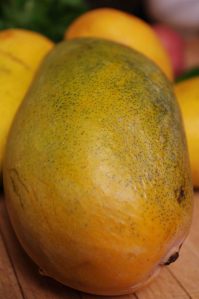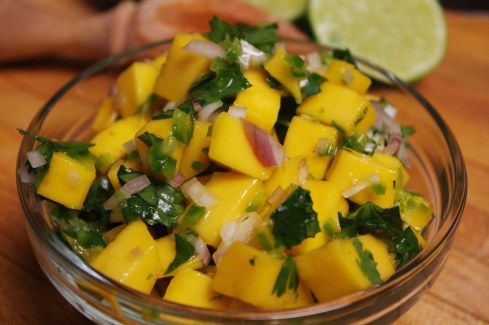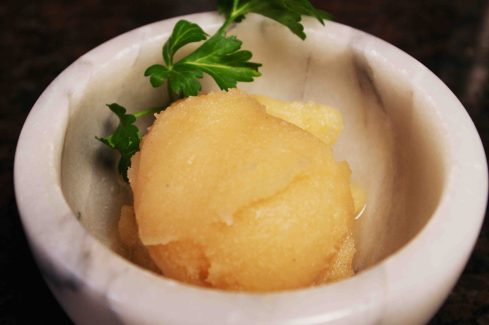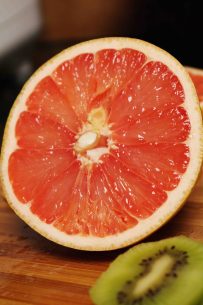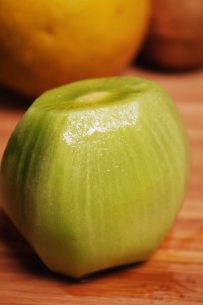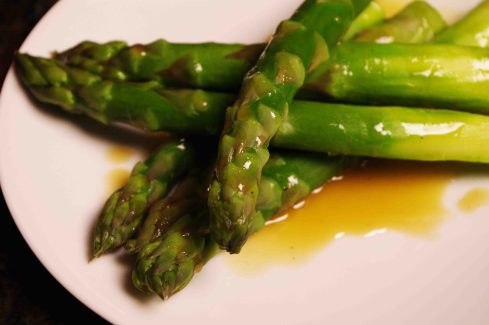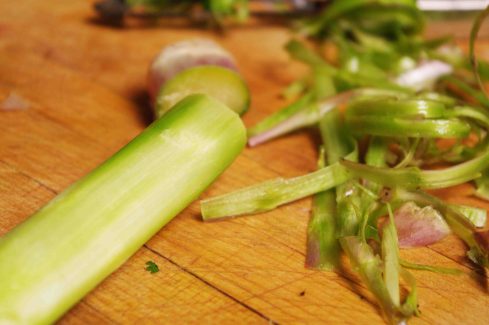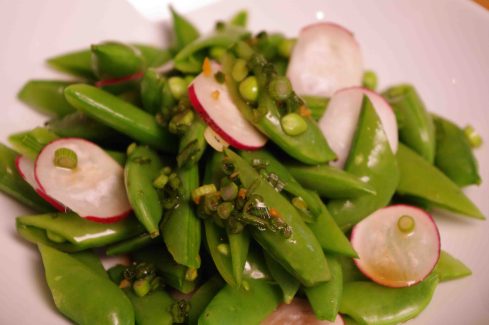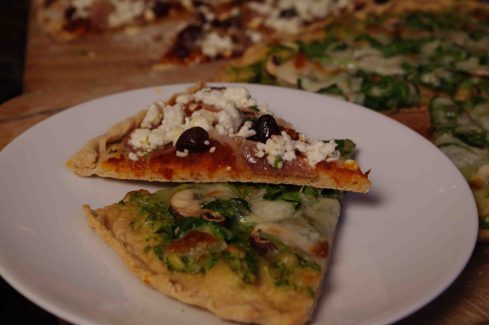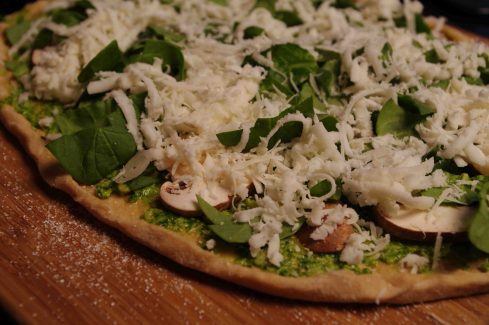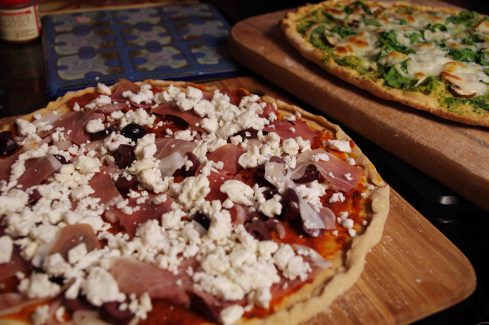I recently got my hands on 20 pounds of frozen organic blueberries from one of my co-workers. I had to remove them from the box they came in so I could fit the bag into my freezer. So far I haven’t done much with them besides add them to my granola, to my ice cream and to a bottle of vodka. This weekend though, big plans are ahead – blueberry ice cream!
After that, blueberry cobbler and then gallons of smoothies. The funny thing is when I got them I was so excited to have some delicious berries around the house, but now that California strawberries are in season I’m a bit less excited. I almost added strawberries and rhubarb to my box for next week so I could make my favorite all-time pie. But one look in my freezer put that idea to rest; I never thought a bag of blueberries would take such dedication.
I mean they are frozen, so it’s not like I’m cheating. They’ll be as good a month from now as they are today, but I at least have to make a dent in them before I go carousing around with other berries.
In an effort to keep my tropical theme rolling I’ve added mangos back in again this week, as well as keeping in the tangelos and grapefruit, which are both super tasty and nearing the end of their peak season. Especially grapefruit which is winding down. Neither one of these really goes with blueberries too well, but I’ll give it a try anyway. This is what my box is looking like:
Cucumbers
Bunched Carrots
Eggplant
White Onions
Zucchini
Red Radishes
Red Leaf Lettuce
Kale Raab
Minneola Tangelos
Ataulfo Mangos
Ruby Grapefruit
Braising Mix (Cut Greens)
I also ditched my apples for some more braising mix. I love Full Circle braising mix! It really is one of my favorite things. I made some the other day with pan-seared halibut, pan roasted potatoes and mango salsa (recipe from last week’s post). It was the perfect bedding for the fish, great flavor and quickly finished.
Another great thing that’s in the box this week is kale raab. Cook the same way as kale or chard and add to stir fry, braising greens or just a simple side. Kale raab is easily dressed in lemon juice, shoyu or a bit of vinegar and olive oil after lightly wilting. Try mixing it into white bean soup or vegetable soup at the end, letting the heat of the soup wilt it softly.
Eggplant is finally back in the box and slated for a coconut green curry mix I got at Viet Wah. The zucchini and carrots will also get sliced thin and go in there over a bed of jasmine rice. The rest looks like the makings of a salad to accompany on or two of the meals. Hopefully the weather will turn around soon and we won’t have to barbecue in the rain for much longer.
Next week I’ll talk a little more about one pan cooking methods, including the pan-sear and easy stove top tandoori chicken. Until then have a great weekend and eat well.



